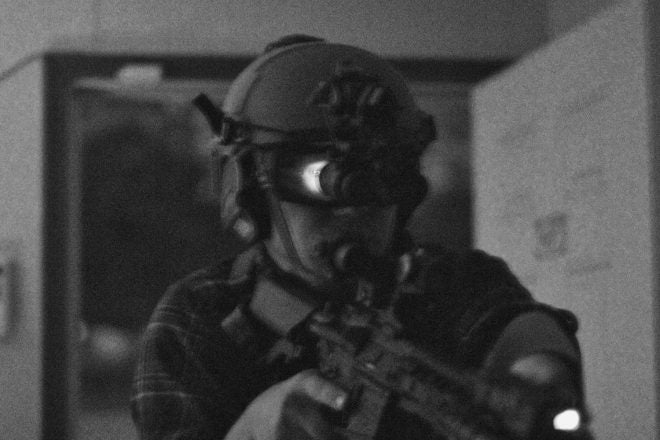I bought a PVS31A at the beginning of the year. While I have not recorded hours of use, I have spent a decent amount of time behind them both in courses and practice. I have also taken them on numerous night hikes to simply get better accustomed to movement under nightvision in places with uneven terrain. Unfortunately PVS-31s are restricted to government and military purchase only for those purchasing directly from a distributor. However, they can be found used from various dealers. It is important to understand that purchasing used night vision in any form is an extremely risky purchase and should be done only at your own risk especially if you are purchasing sight unseen.
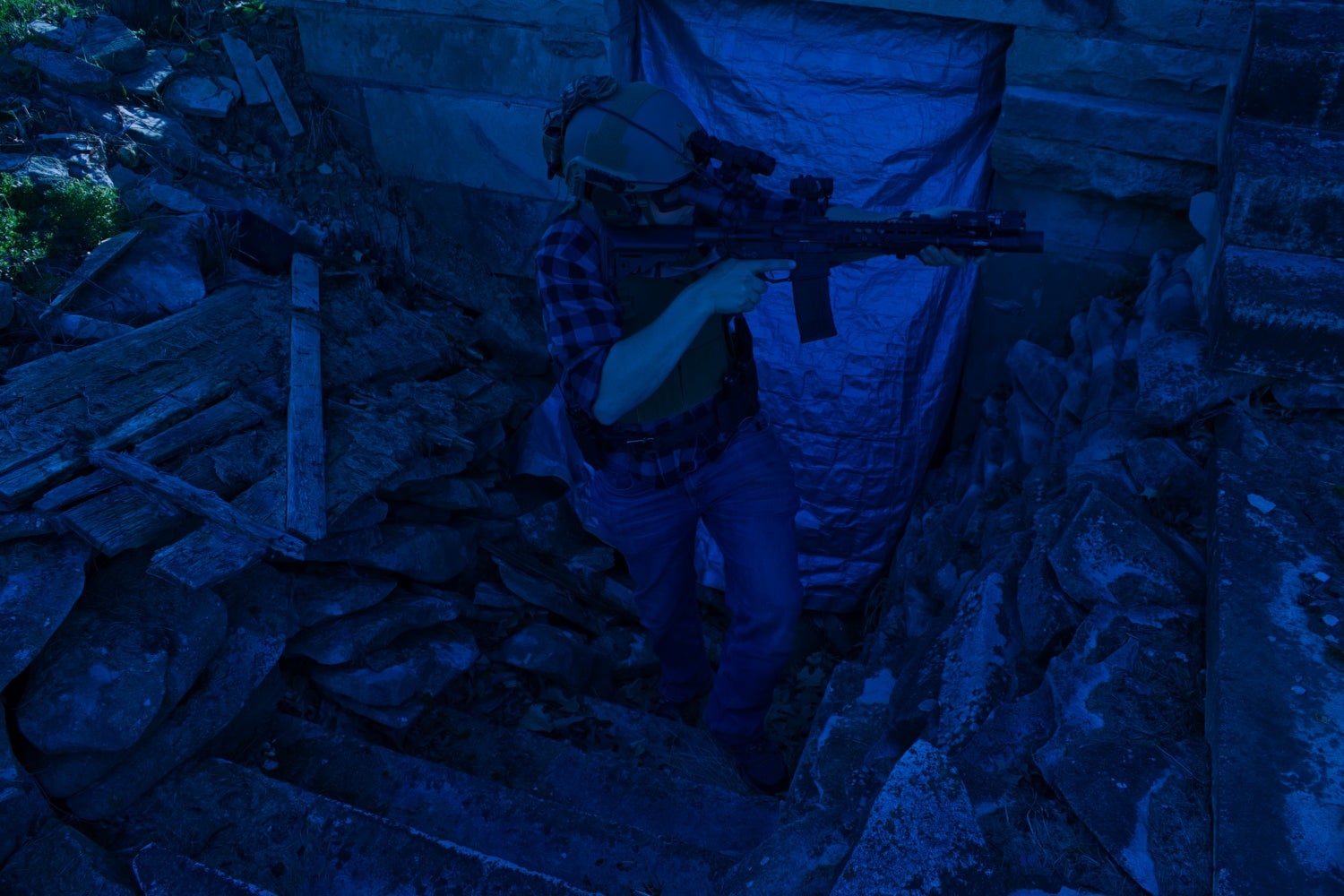
Size and Weight
PVS-31s were designed to replace the PVS-15 goggles and are currently the most lightweight dual tube system available. PVS-31s come with green phosphorous tubes and the Alpha designation for the PVS-31As signifies white phosphorous tubes. I chose my PVS31A because I wanted the lightest dual tube setup I could find coming in at .99lbs including a lithium AA battery and also wanted white phosphorous. This provides a dual tube system that is only a few ounces heavier than most monoculars averaging 11.2-12.4oz. Part of the weight reduction was accomplished by including only an objective focus without a rear diopter adjustment.

Notice the lack of a diopter adjustment on the rear of the tubes to reduce weight.
For the purposes of this article we will be simply referring to both versions simply as PVS-31s as the only difference is the phosphorous color.
PVS 31s are manufactured by L-3 Warrior Systems and are 4.2″(L) x 4.2″(W) x 3.4″(H). 18mm MX-10160 Variable Gain tubes come standard and MX-11769s can be used as replacements. Typically 31s range from 64-71 lp/mm, are autogated and filmless, and provide a standard 40 degree field of view from 18” to infinity.

According to L-3, PVS-31s were designed to increase system resolution for better situational awareness and and battlefield utility.
Design
PVS-31s were designed with direct input from US Special Operations to give a google that had better resolution with less neck strain and center of gravity. Another key element was that 31s do not have an IR illuminator built in. This was specifically requested as it would again increase weight for something rarely used with limited distance and capability. An adjustment knob sits in the front of the bridge and allows for simple On and Off by pressing in for 2 or more seconds. It also allows for easy single handed gain adjustment with gloved hands by rotating the power knob.

The top knob we see can be pressed for 2 seconds to power on or turned to adjust gain or brightness of the image.
Two adjustment knobs are also located on the left and right goggle. These can be screwed in or out to ensure the goggle is properly customized to the user’s interpupillary distance between their eyes. I occasionally confirm and have to make minor adjustments but the knobs hold in place relatively well.

The small knobs on either side are used to adjust interpupillary distance.
Positions
One of my favorite aspects of PVS-31s is the different stow positions. When stowed up they can be pushed farther back from the helmet when working in lighted areas. This is important as often NODs are need to be kept in place for easy access for sudden changes in lighting conditions. The ability to stow the NODs farther back when not in use produces less neck strain due to a better center of gravity.

Notice how both tubes can angle back towards the mount. When the battery cord is attached this does impede the right side from pushing up fully.
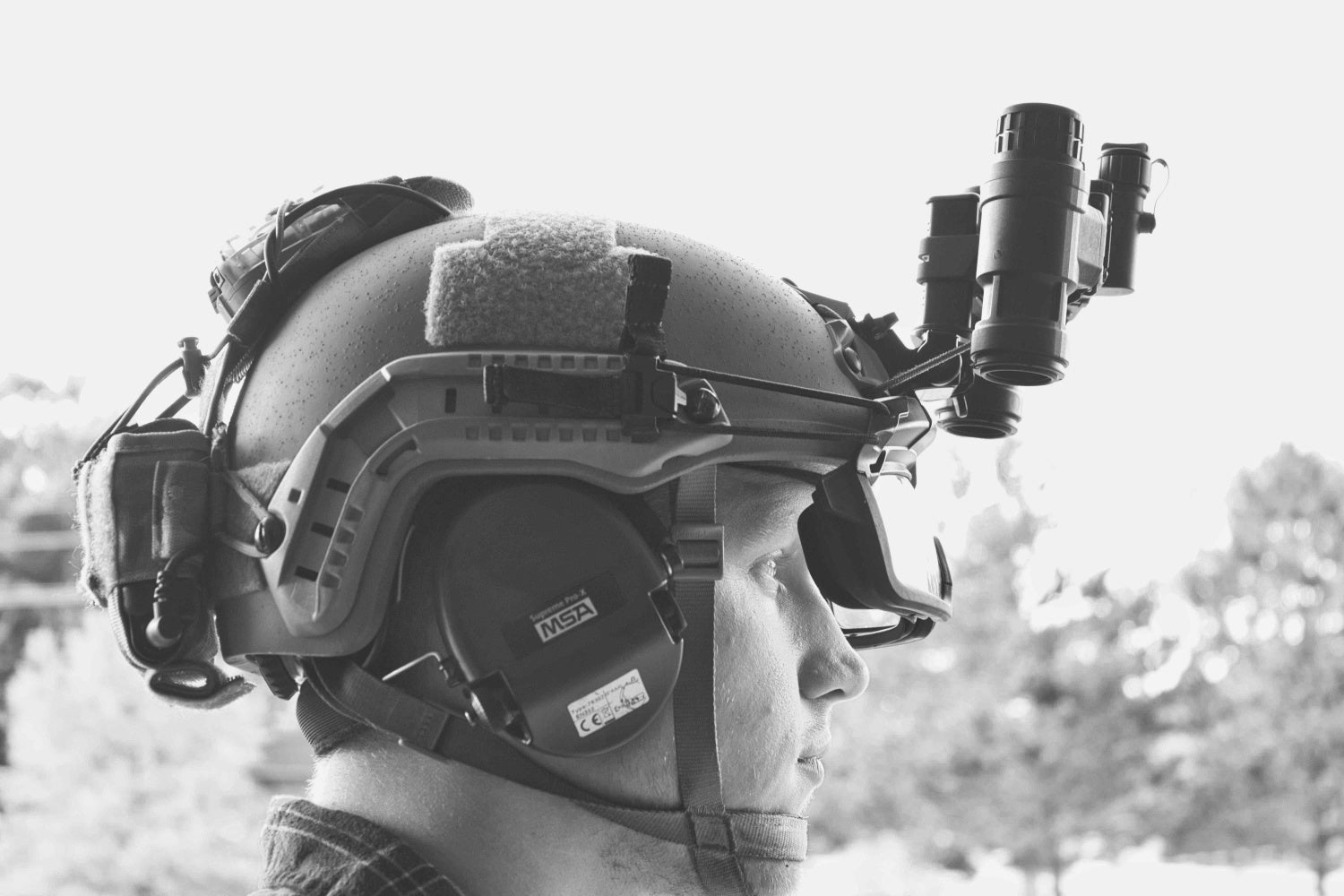
Shown as mounted on a helmet with the tubes pressed back. Photo Credit: @marlenamichealphotography
PVS-31s also can be simply flipped to the side. This is great for having better awareness of their location when entering/exiting a vehicle, climbing in a window, etc. With the added height of standard night vision when pushed up it is easy to damage the unit by slamming into objects.

Having the tubes to the side allows them to be out of the way while the user is more spatially aware in confined spaces.
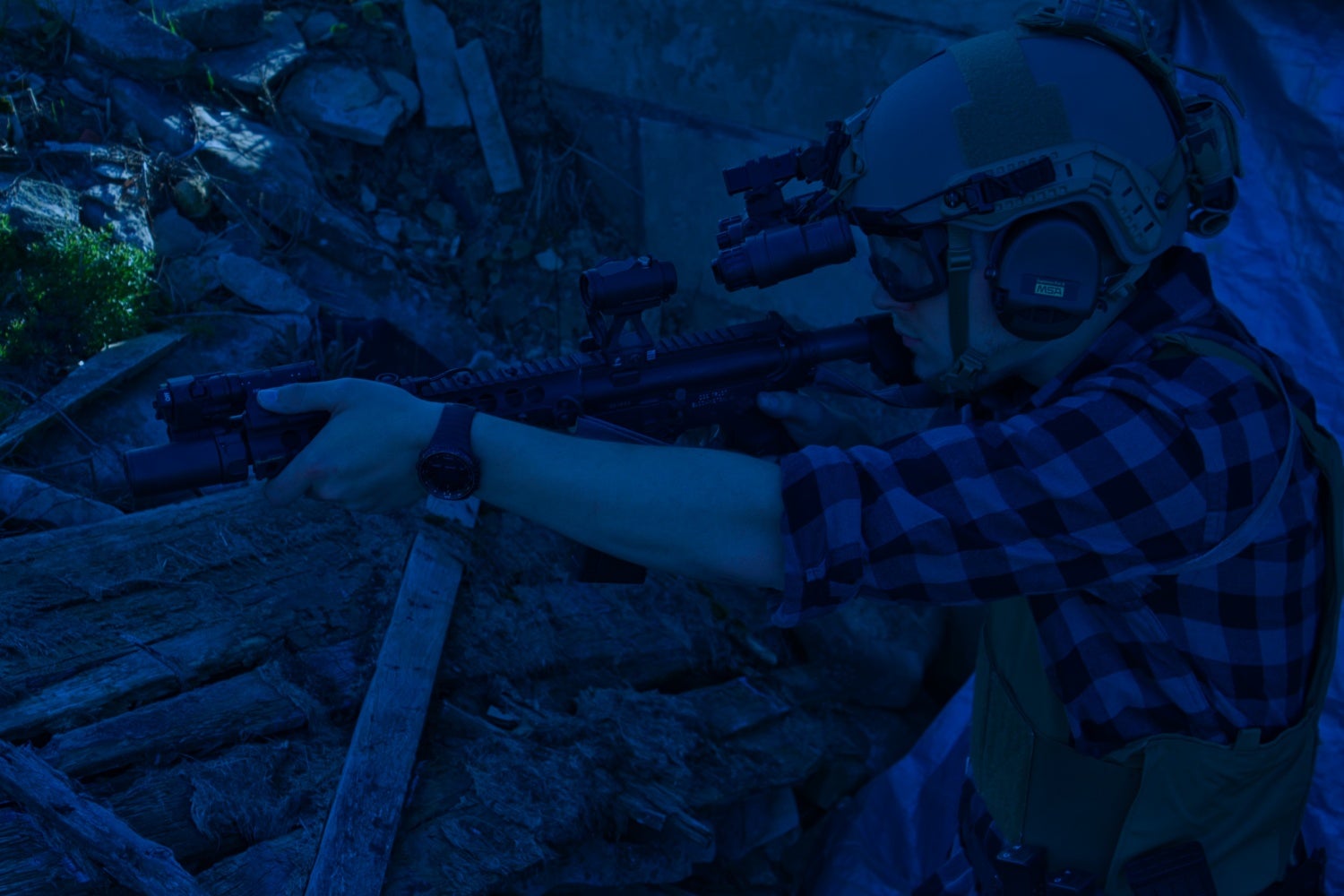
The independent pivoting also provides the opportunity to be used as a monocular or a bino system by simply pivoting either side to its intended position. When and where to utilize a mono v a bino position is up to you but the opportunity exists for both options.

Either tube can be flipped up individually for when a monocular is preferred.
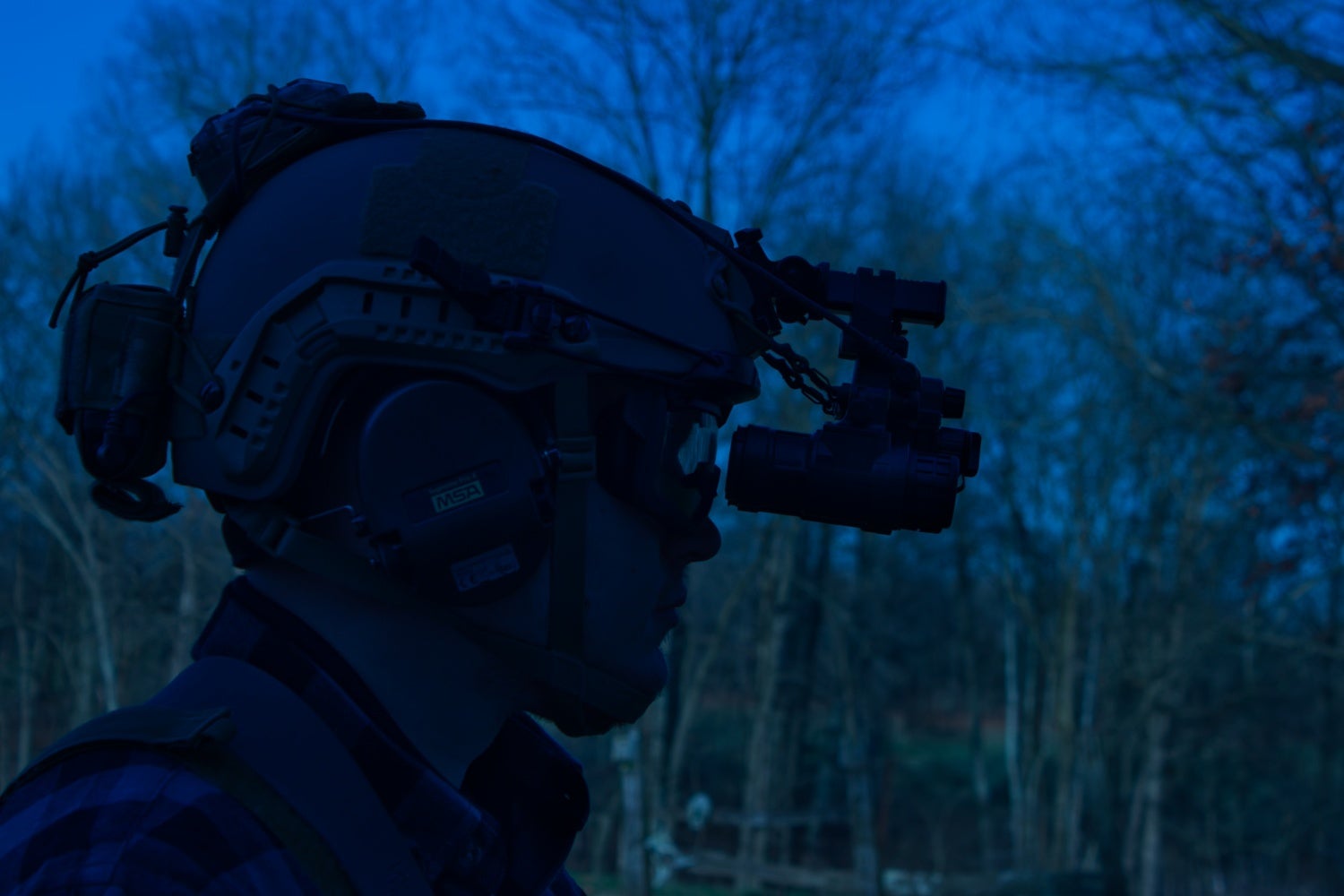
The standard binocular position is also available. Photo Credit: @marlenamichealphotography

Battery Options

PVS-31s can be used with a single on board AA battery or a batter pack.
Standard battery life is at least 15 hours with an onboard battery and at least 50 hours with a battery pack. PVS-31s use a unique battery pack that accepts 4 AA batteries.

When connected to the battery pack the NODs can run off the battery pack alone with no battery in the unit itself if needed. When not in use it is best to not keep batteries in the pack or the PVS-31 to prevent damage from corrosion or burn-in from accidental activation.
While a counter weight is not essential due to the light weight of the system especially when worn on a ballistic helmet, the battery pack works well as a counterweight. The battery pack also has 2 IR strobes that can be activated and are located on the top left and right of the battery pack. This is good for identification purposes but they put out a pretty substantial IR signature.




To activate the strobes simply activate the switch on the bottom of the battery pack.
While there is velcro to attach the battery pack directly to the helmet I suggest securing the battery pack more firmly via an additional retention system.
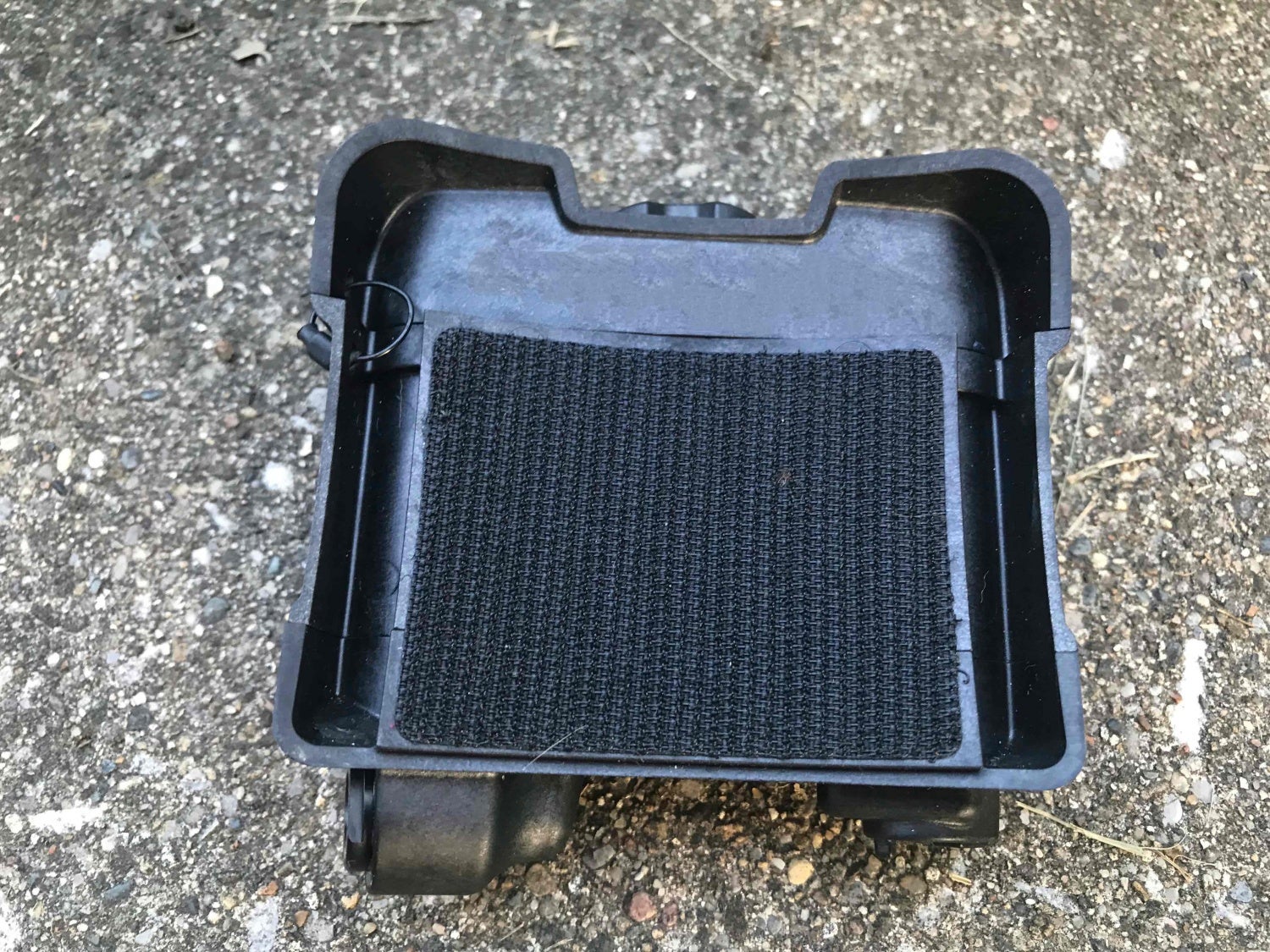
The velcro is helpful but not adequate for vigorous use.

I personally have used the TNVC Mohawk MK3 available from TNVC, providing better retention of the battery pack as well as cord navigation as it was specifically designed for the PVS-31 battery pack.

Shown is the TNVC Mohawk Mk3 Gen1.
Conclusion
I love my PVS-31As and they have been extremely durable and capable so far. However, there are some drawbacks. The worst is that availability is primarily second hand so you cannot purchase directly from a vendor. Not only is this a risky transaction, but any major maintenance also cannot be performed. While you can send in most other NODs to be serviced PVS-31s must be sent back to the manufacturer. As a second hand purchaser this is not an option. The military also does this on a 6 month maintenance cycle and while I do not get as many hours of use as SOF units behind white screen, I prefer to be able to keep them serviced.
For those using PVS-31As professionally you already know the operational potential PVS-31s offer and have a system in place to provide for maintenance and repair. However, for law enforcement looking for them for duty use that are not department issued and responsible armed citizens, I would most likely suggest options that are commercially available.
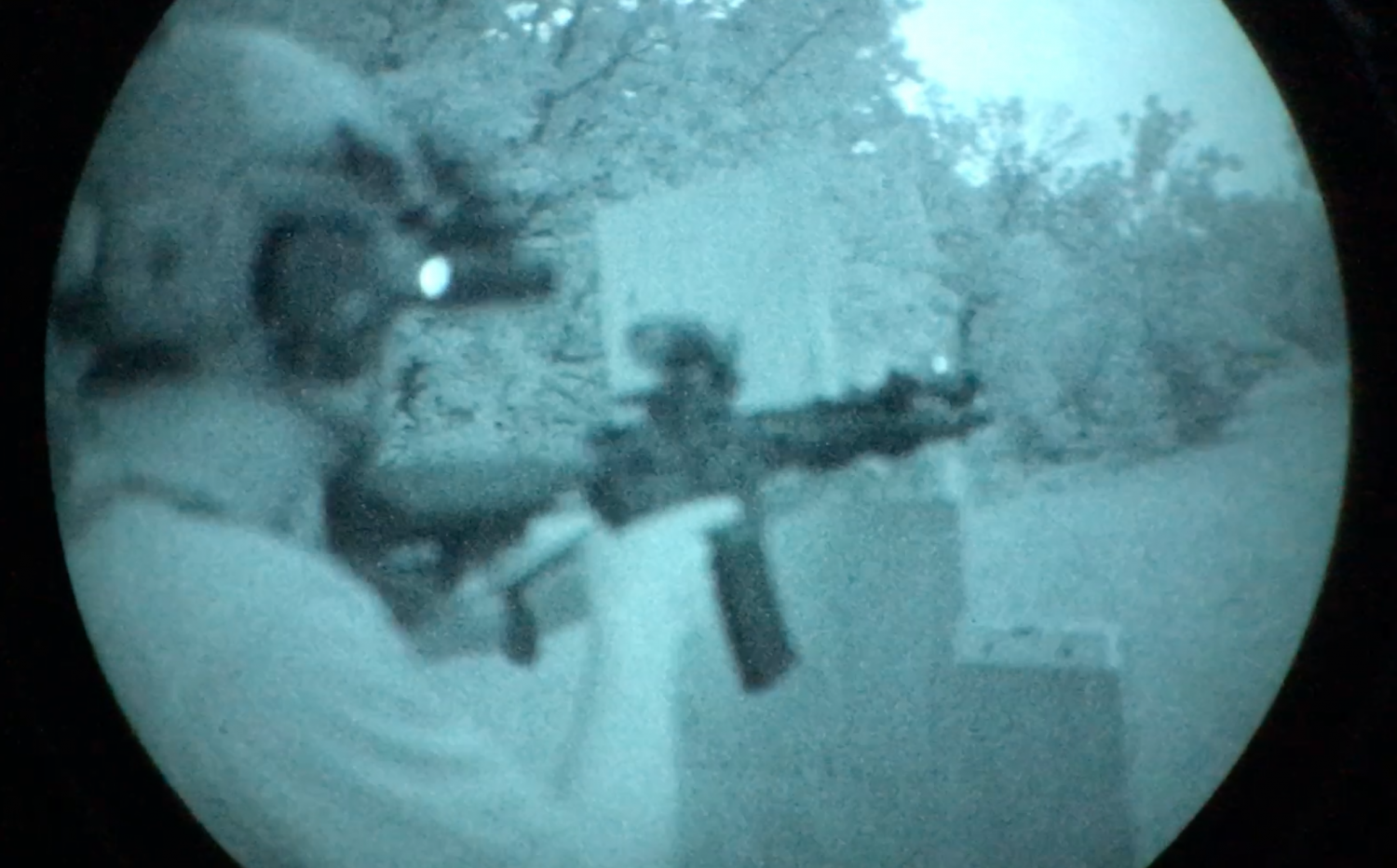
 Your Privacy Choices
Your Privacy Choices
